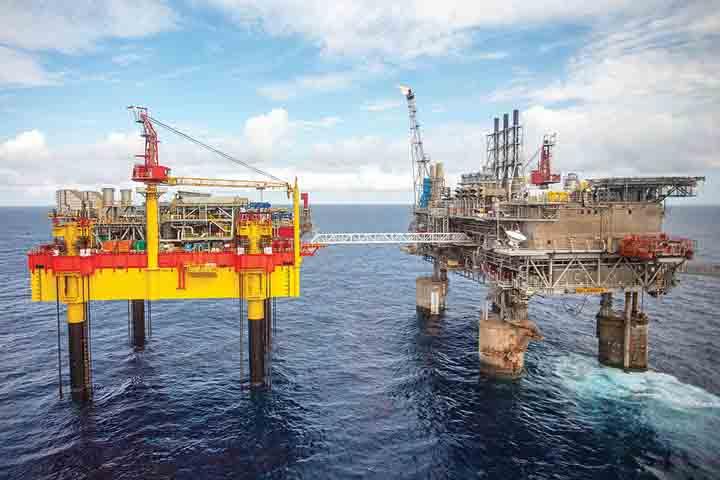
IF no new sources of non-renewable energy are found and the current use of these resources continues, the country may run out of these stocks in less than 50 years, according to estimates of the Philippine Statistics Authority (PSA).
In the Energy Accounts of the Philippines, which is based on 2019 data, the PSA estimated that the first to go would be natural gas which only has an asset life of seven years; condensate, nine years; coal, 26 years; and oil, 43 years.
Data showed, the PSA noted, that in a span of 20 years, the volume of stocks of coal reserves increased but the volume of stocks of oil, natural gas, and condensate reserves declined.
“The energy accounts provide information on the available stock of the non-renewable energy resources at the start and end of the year, as well as the changes that occurred during the period,” the PSA Environment and Natural Resources Accounts Division (ENRAD) told BusinessMirror on Monday.
“The asset life is estimated based on the recommendation of the System of Environmental-Economic Accounting (SEEA) computed as Closing Stocks divided by extraction, with the assumption that there are no new discoveries and the extraction remains the same,” it added.
Data showed that the asset life of coal decreased by 87.25 percent to 26 years in 2019 from 204 years in 2000, while natural gas decreased by 99.9 percent to only seven years in 2019 from 8,588 years.
PSA said the asset life of condensates decreased by 97.64 percent to nine years in 2019 from 381 years in 2000. Condensates are liquid hydrocarbons that are separated from gas production, similar to what is produced in Malampaya.
For oil resources, PSA said the asset life also decreased to five years in 2016 from almost 59 years in 2000. However, PSA noted a significant increase in 2007.
Further, PSA said that in 2017, the asset life increased to almost 43 years in 2019 from 22 years. PSA said these increases were mainly due to the increase in the stocks of oil resources.
PSA EnRad added that the estimates are done “for the purpose of valuation” and that the accounts did not include renewable energy resources.
“[Asset life is] the expected time over which an asset can be used in production or the expected time over which extraction from a natural resource can take place,” PSA said.
Data on the depletion of these energy resources was supported by the Department of Energy (DOE) pronouncement last year, indicating a looming energy crisis in the Philippines as the country stands to lose over 3,400 megawatts from existing gas plants, responsible for about 29 percent of Luzon’s power generation.
This was included in a recent study by economists and statisticians from the Ateneo de Manila University (ADMU), University of the Philippines and the Gas Policy Development Project.
The researchers, led by former Philippine Economic Society President and ADMU economist Majah-Leah V. Ravago, found that the potential use of liquefied natural gas (LNG) is high among firms that require intense heat for production.
With this, the economists said their results indicated that while there is a “potential growing market for LNG” in the country, the development should be regulated.
“While the study covers only manufacturing and agro-industrial firms in ecozones, the results provide an indication that markets for natural gas outside of electricity generation exist,” the economists said.
“It also provides a gauge of the minimum size of the market and illustrates a greater market potential given the number of manufacturing and agro-industrial firms outside of ecozones,” they added.
No coal for ADB
Earlier, the Asian Development Bank (ADB) had said it will no longer finance any coal-related projects and move to retire and decommission coal-fired power plants in the region.
In its draft energy policy, ADB said it “will not finance any coal mining, oil and natural gas field exploration, drilling or extraction activities.” This includes cross border transmission lines linked to coal power plants.
ADB said it no longer invests in projects that modernize, upgrade, or renovate coal facilities to extend their life; and will only finance projects that re-engineer plants for use of cleaner fuels, such as natural gas or renewable energy sources.
Per the draft policy document, projects to re-engineer coal-fired power plants to natural gas will only be financed if these contribute to achieving net neutrality by mid-century.
ADB said these projects may also be considered for financing if they help in the retirement or adoption of carbon capture, utilization and storage by mid-century.
 Philippine Economic Society (PES)
Philippine Economic Society (PES)